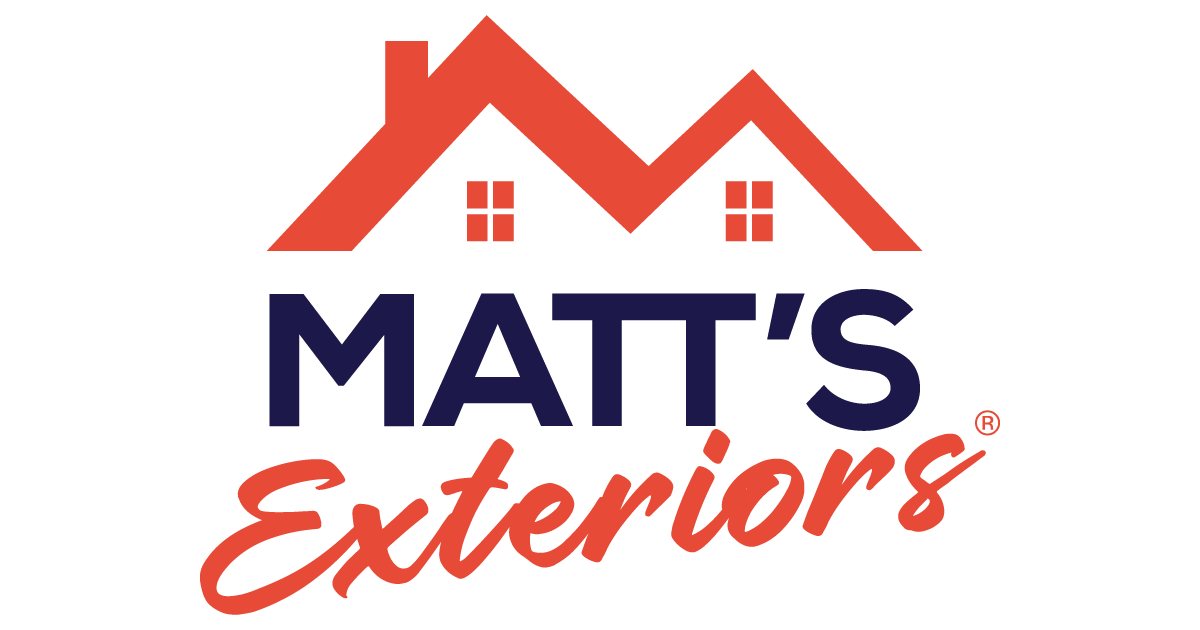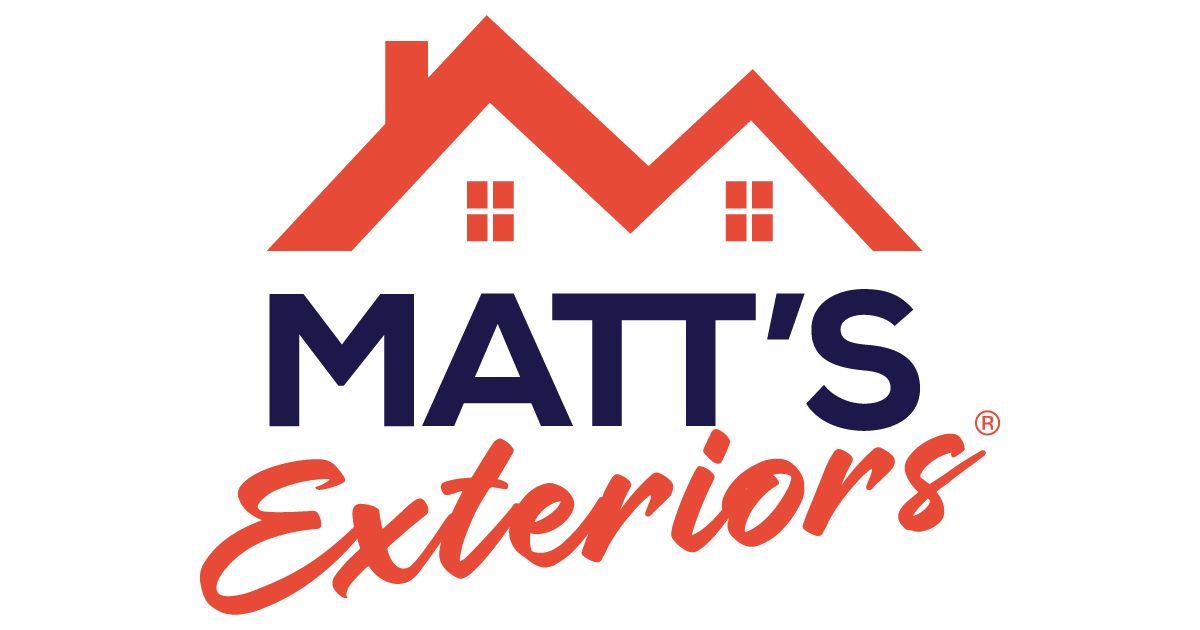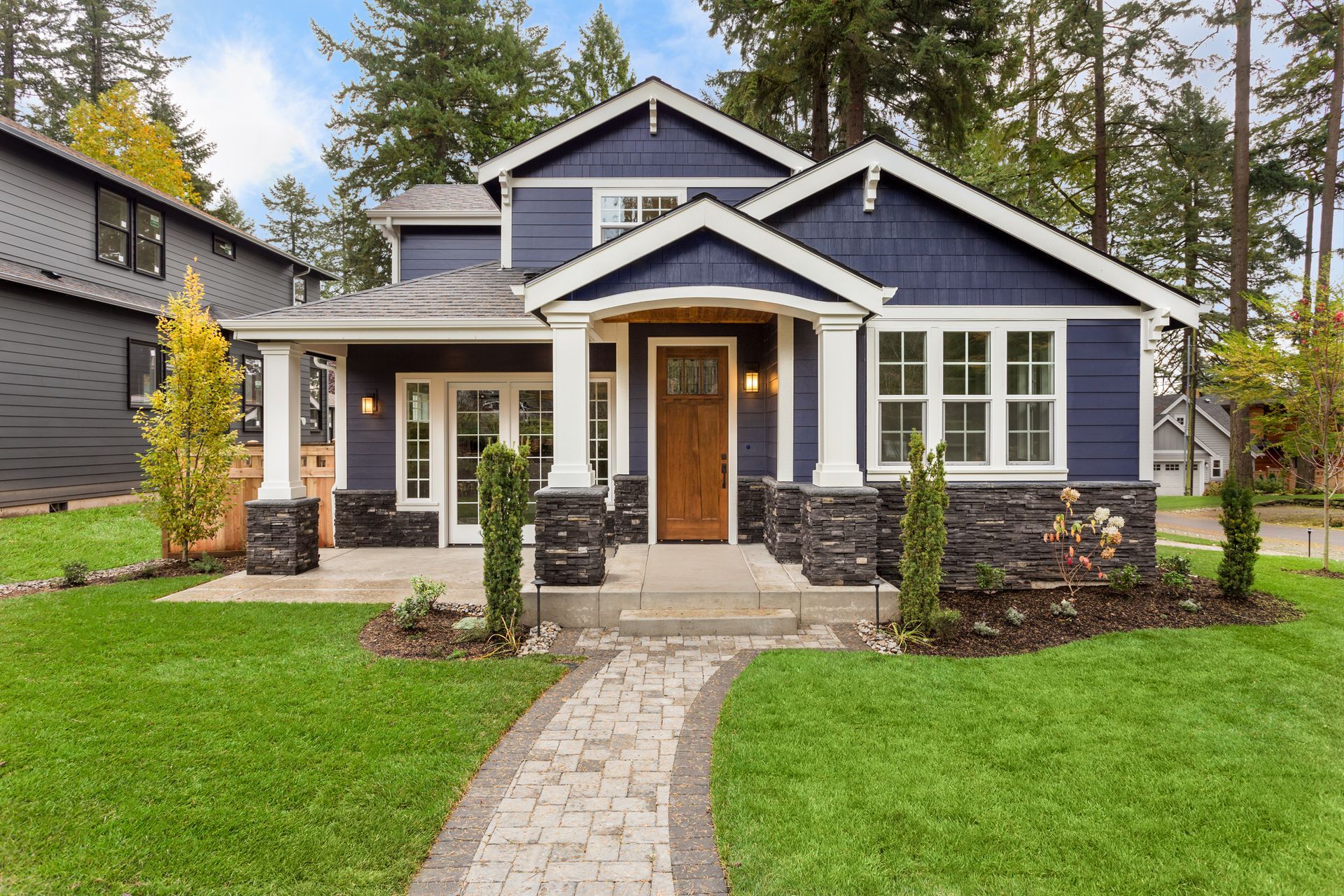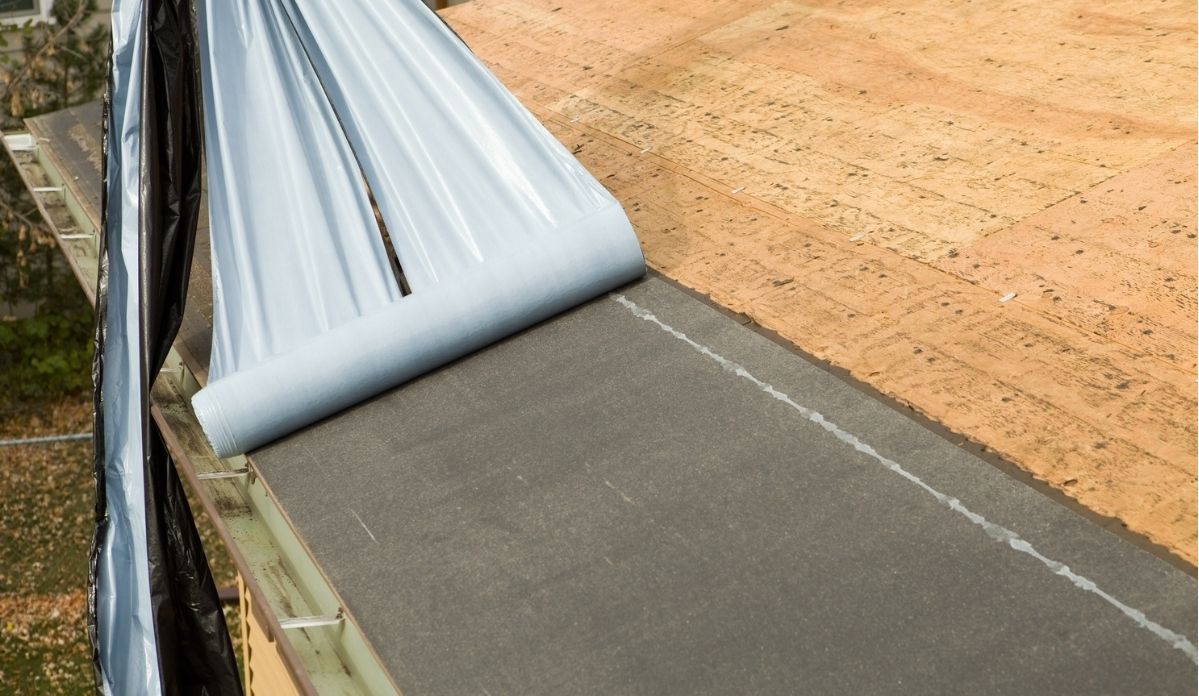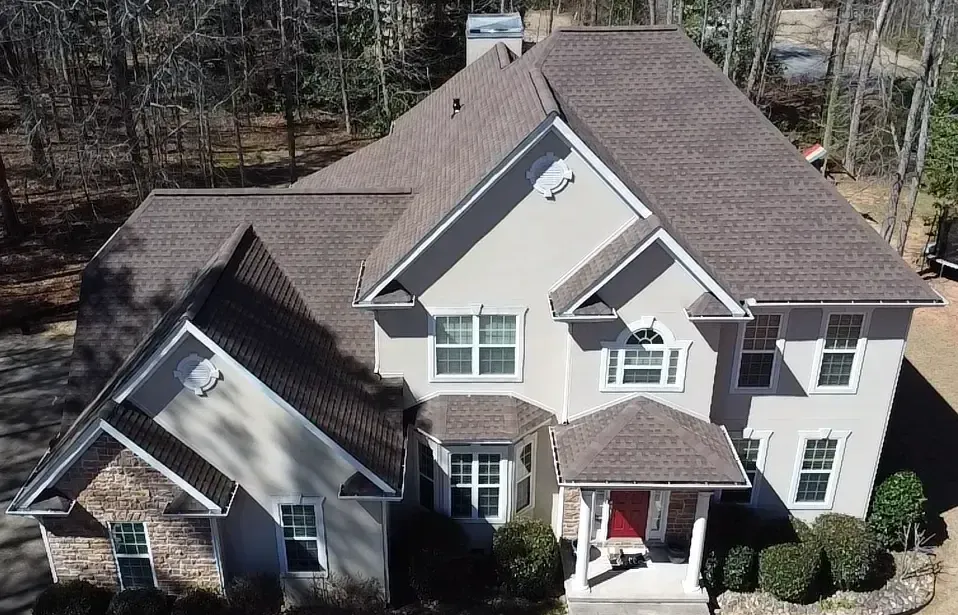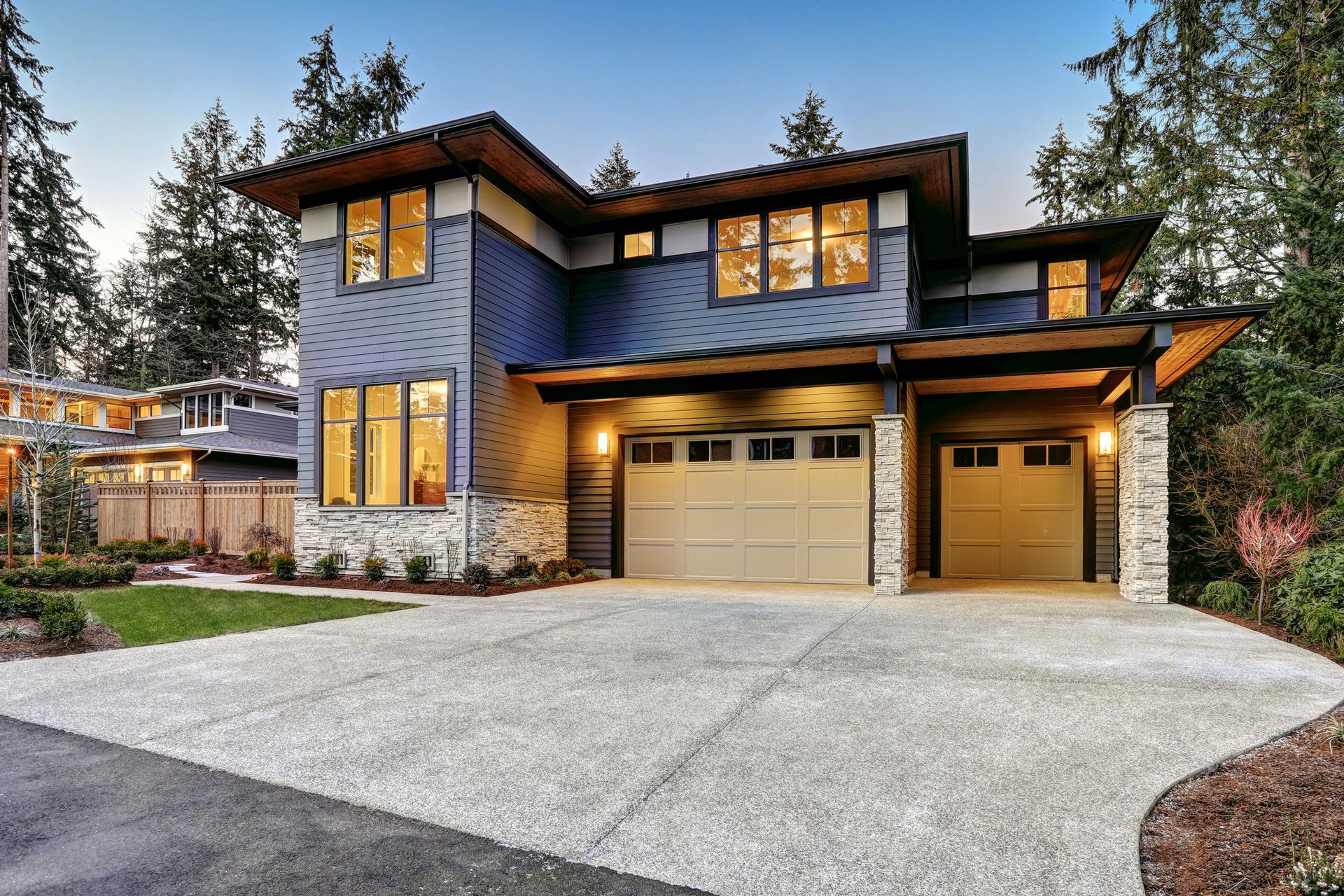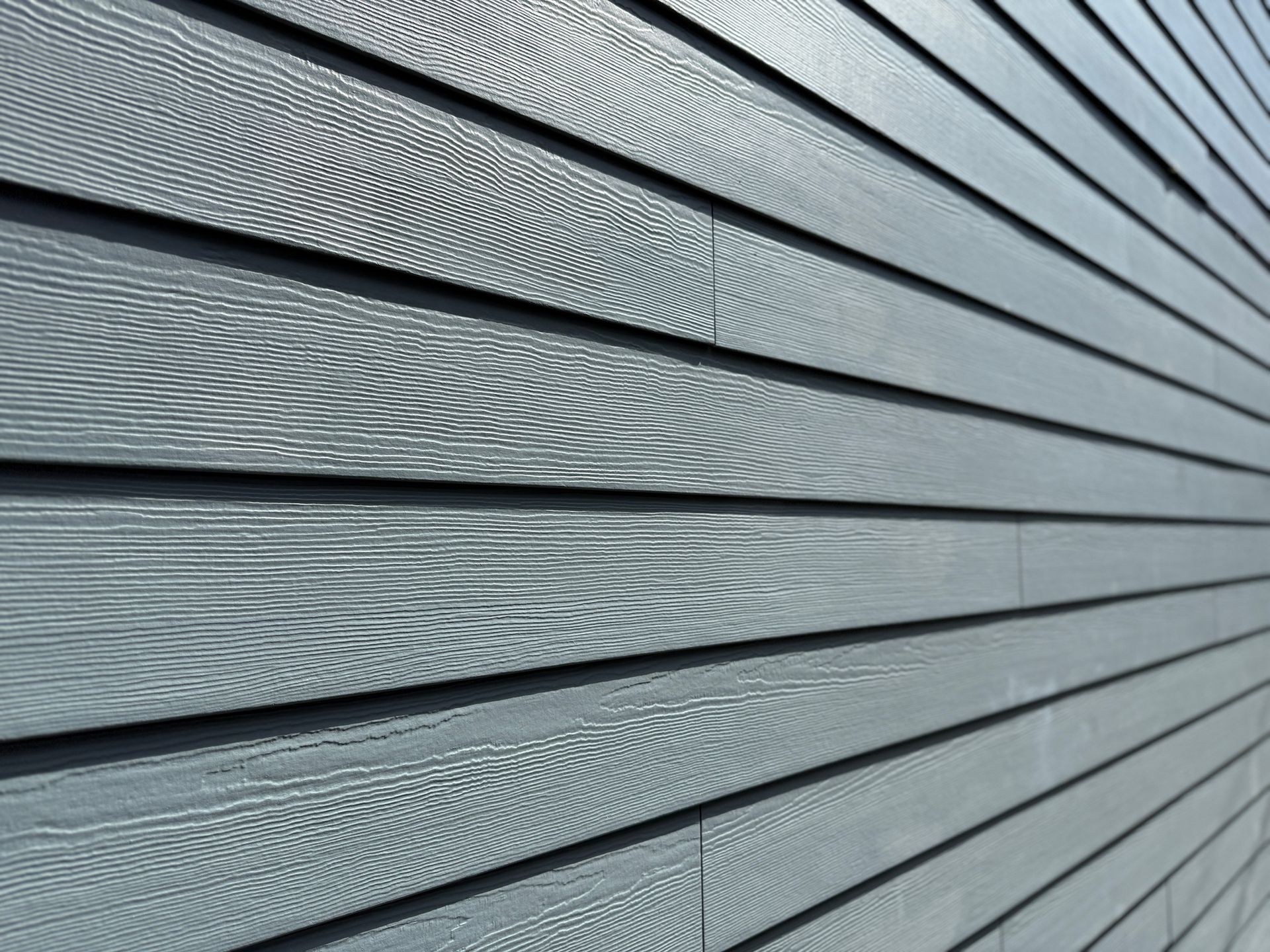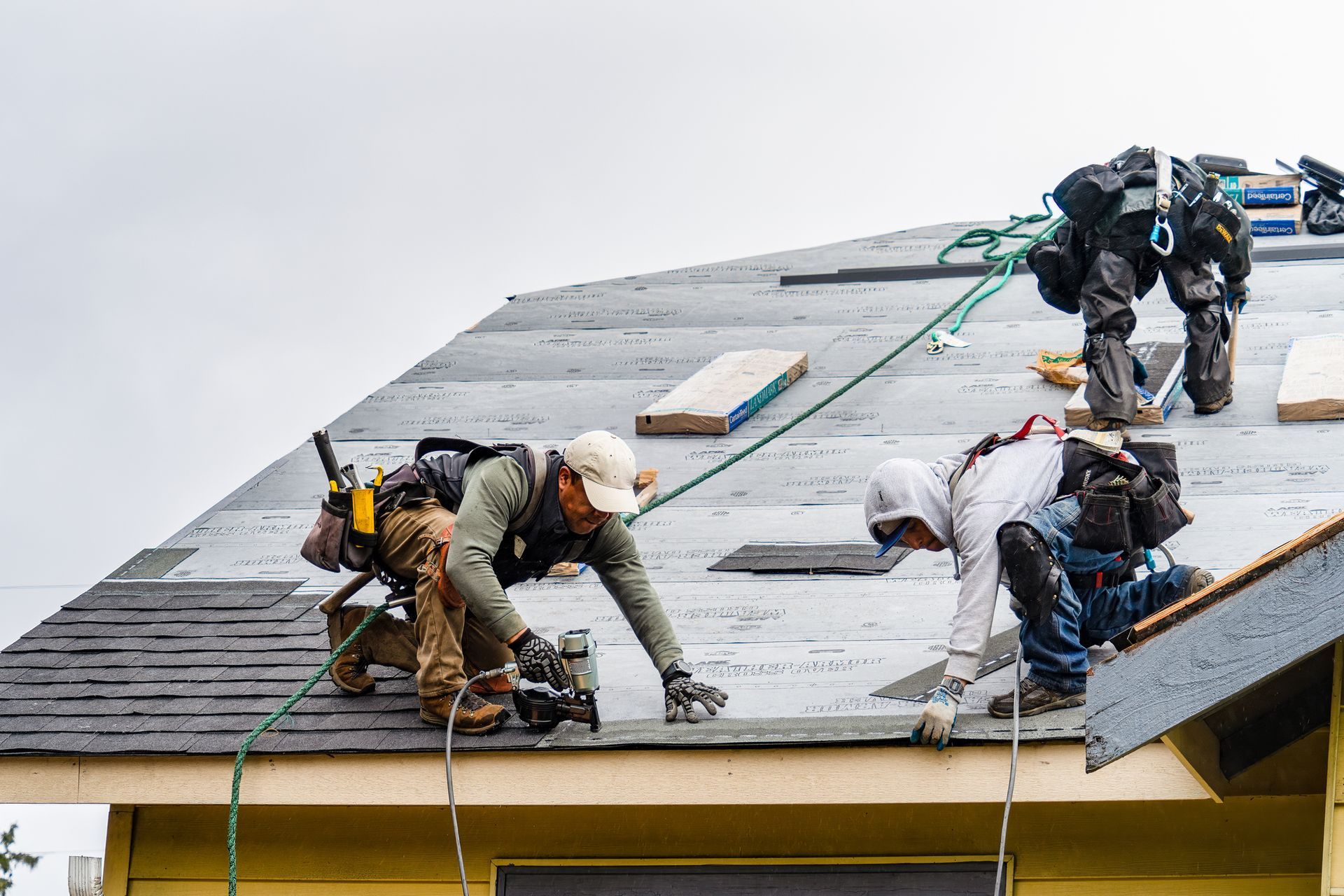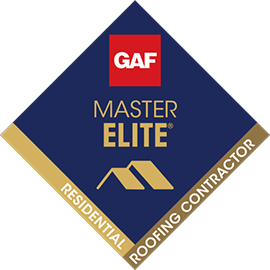An Expert Guide to Exterior Paint Sheen
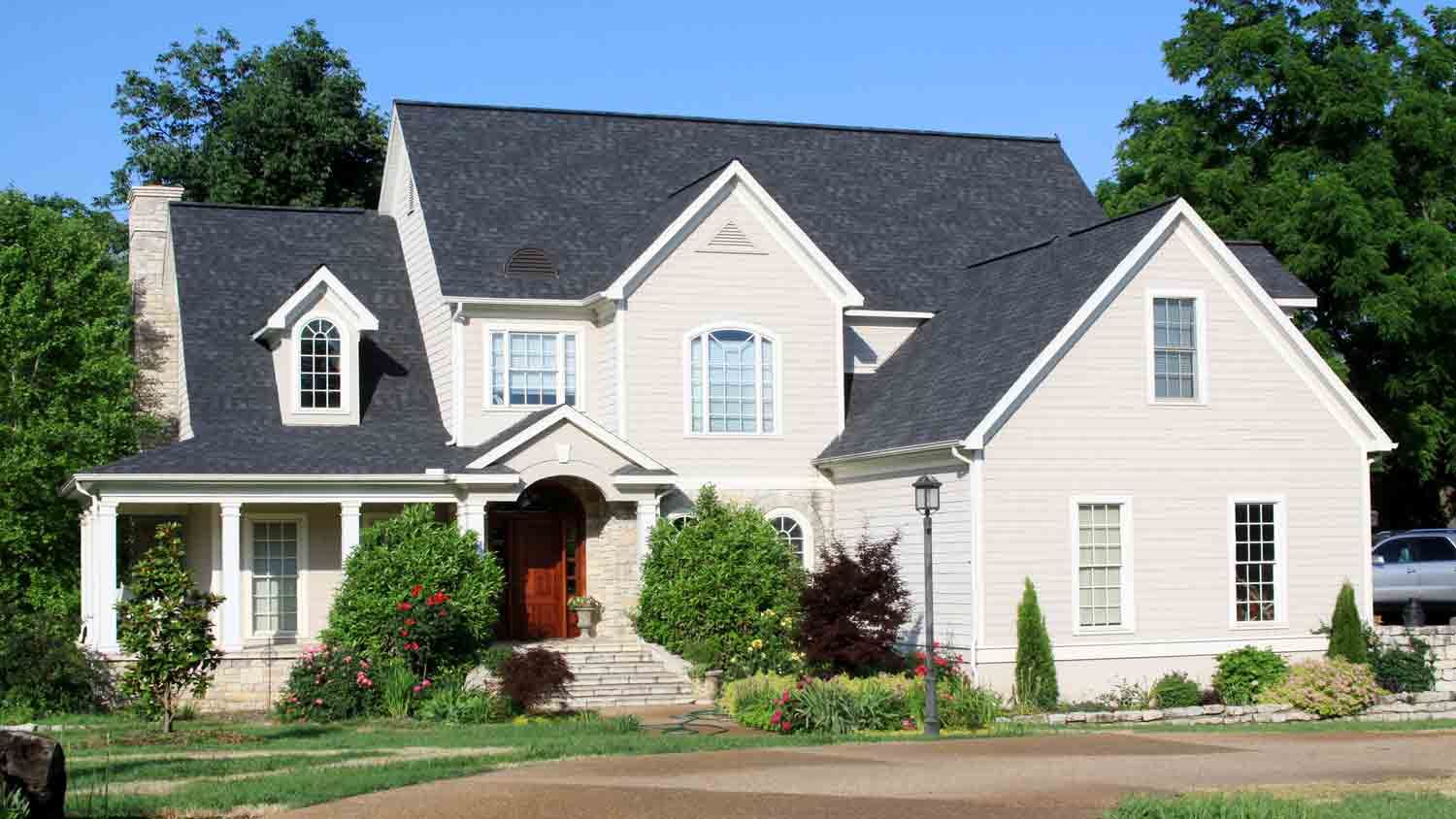
When planning an exterior paint job, most homeowners spend considerable time selecting colors—but another crucial factor is often overlooked: the paint sheen. The sheen, or finish, refers to the glossiness or shininess of the paint surface once dry. Choosing the right sheen not only affects the appearance of your home but also impacts durability, ease of cleaning, and how well imperfections are hidden.
Let’s break down what paint sheen is and which option works best for your exterior.
What Exactly is Paint Sheen?
Paint sheen describes how reflective the paint surface is after drying. Sheen ranges from completely flat (no shine) to very glossy (high shine), and each finish has its own set of strengths and appropriate applications. Common exterior sheen levels include:
- Flat
- Satin
- Semi-Gloss
- Gloss
Understanding Different Paint Sheens: From Least Reflective to Most Reflective
Flat Sheen
- Appearance: Completely non-reflective, smooth finish with no gloss or shine.
- Pros: Excellent at hiding imperfections, provides a uniform appearance.
- Cons: Less resistant to stains, dirt, and moisture; more challenging to clean.
- Best Use: Ideal for exterior surfaces with imperfections, like older wood siding or textured stucco walls.

Satin Sheen
- Appearance: Soft sheen with a subtle, velvety glow.
- Pros: Good durability, easy to clean, and balances hiding imperfections with moderate shine.
- Cons: Imperfections are slightly more visible than with flat paint.
- Best Use: Popular for exterior siding, trim, shutters, and doors, offering a balanced combination of beauty and function.

Semi-Gloss Sheen
- Appearance: Noticeable shine, highly reflective, and bright.
- Pros: High durability, very easy to clean, resistant to moisture and stains.
- Cons: Highlights imperfections due to its reflective nature.
- Best Use: Ideal for exterior trim, window frames, doors, and accents that require frequent cleaning or face heavy wear.
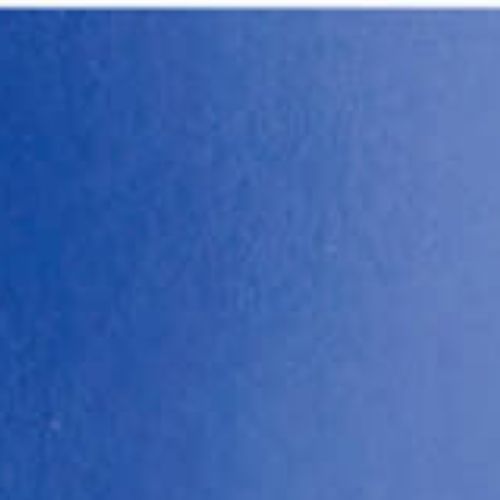
Gloss Sheen
- Appearance: Extremely shiny and reflective, similar to an enamel finish.
- Pros: Most durable and easiest to clean; resists moisture exceptionally well.
- Cons: Highlights every imperfection, requires very thorough surface preparation.
- Best Use: Primarily for decorative features, doors, shutters, and areas needing extra durability and easy cleaning.

Choosing the Right Paint Sheen for Your Exterior:
When choosing a sheen for your home’s exterior, consider:
- Surface Condition: For rough or uneven surfaces, opt for flat or satin to mask imperfections. For smooth, well-maintained surfaces, semi-gloss or gloss may enhance curb appeal.
- Durability Needs: Areas prone to weathering, dirt, or high traffic (like doors, window frames, or trim) benefit from higher sheens (semi-gloss or gloss) for easier maintenance.
- Aesthetic Preference: Think about the look you desire. A softer sheen offers a classic, subtle appearance, while higher sheens deliver a vibrant, polished finish.
Conclusion
Selecting the proper paint sheen can significantly impact both the aesthetics and the longevity of your exterior paint job. If you're unsure which sheen suits your home best, Matt's Exteriors is here to help. Our professional exterior painting team can guide you through the process, ensuring you get the perfect balance of beauty and durability.
Ready to refresh your home's exterior? Get Started Today! Contact Matt’s Exteriors for expert guidance and superior painting services tailored to your home.
FAQ (Frequently Asked Questions)
Which sheen is best for exterior siding?
Satin sheen is often recommended for exterior siding because it offers good durability, moderate ease of cleaning, and a balanced appearance that is neither too shiny nor too dull.
Can I use semi-gloss or gloss paint for exterior walls?
While you technically can, semi-gloss and gloss finishes are usually best suited for trim, doors, and accent features due to their high reflectivity, ease of cleaning, and superior durability. They tend to highlight imperfections on large wall areas.
Is higher sheen always more durable?
Generally, yes. Paints with higher sheen levels like semi-gloss and gloss are typically more resistant to moisture, dirt, and abrasion. However, they also highlight surface imperfections more noticeably.
Can I mix different paint sheens on my home’s exterior?
Absolutely! Combining sheens—such as using satin or matte on siding and semi-gloss on trim—creates visual contrast and highlights architectural features beautifully.
Does paint sheen affect color appearance?
Yes, sheen can slightly impact the appearance of color. Higher sheen paints tend to make colors appear brighter or more intense, while lower sheen paints provide a softer, muted look.
